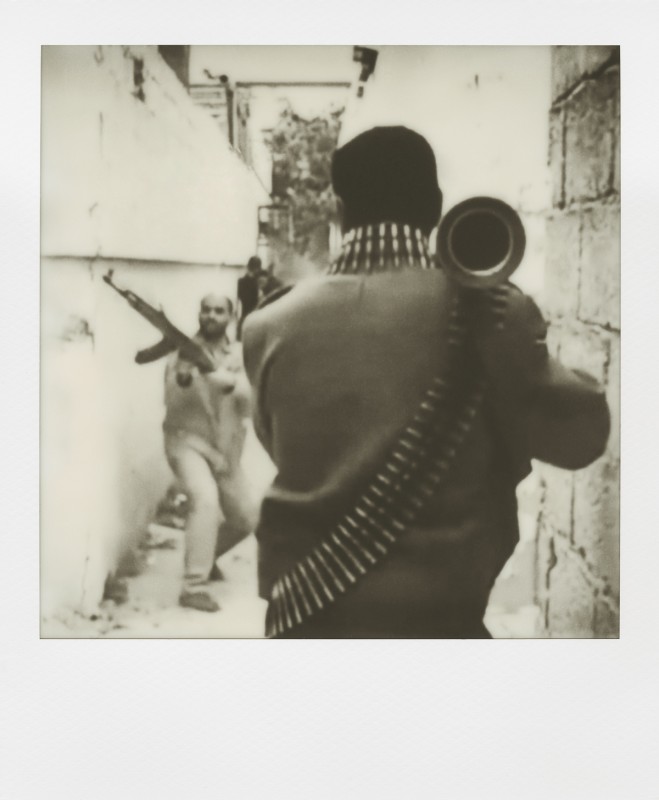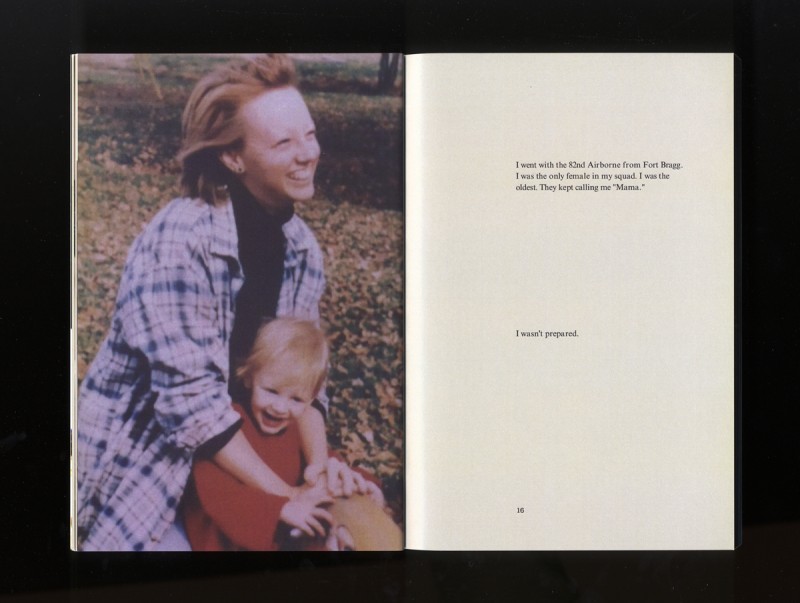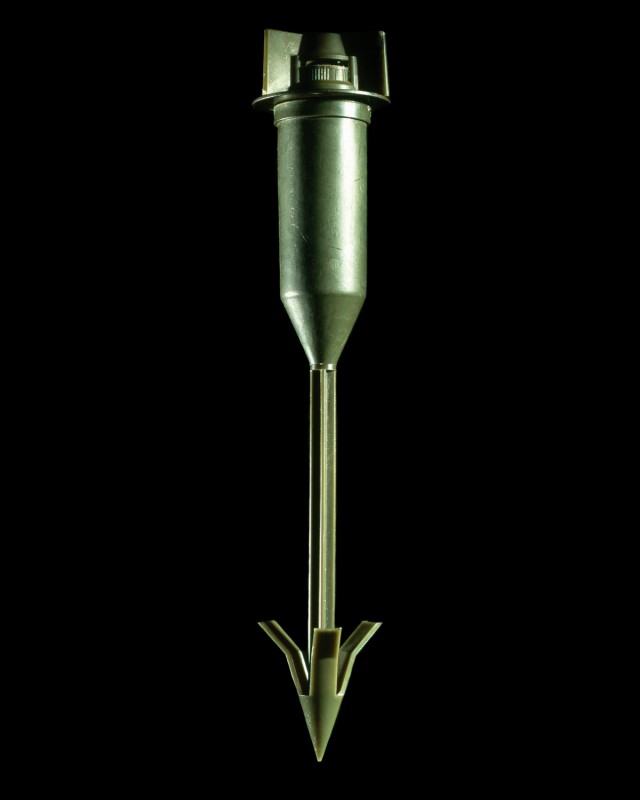Chapter 2 – The Conflict of Images
Chapter 2 – The Conflict of Images
December 3, 2015

The Arab Revolt
© Giorgio di Noto
Raphaël Dallaporta, Giorgio Di Noto and Monica Haller are the three artists selected to give rise to such reflections. What they have in common, besides opting for the photographic medium as their main tool of expression, is the fact that they belong to the same generation. All born after 1980, they have experienced the switch between analog and digital photography. Furthermore, the wars and conflicts they came to know have not been happening on the soil of their home countries. Still, all three nations - US, France and Italy - have been involved in several wars abroad. Images of those conflicts, as well as many other ones that flagellate our world, are being increasingly broadcasted, published, exhibited, posted and streamed.
Due to the digital age in which we happen to live, the quantity of visual imagery that is produced nowadays is directly related to the expansion of the different media as well as to their technical democratisation. As we often get reminded, an increase in quantity may diminish the quality. But how to quantify quality when we speak about images of war and conflict, or more generally regarding calamities and catastrophes?
Raphaël Dallaporta is a French artist whose work addresses human rights as well as more symbolic subjects such as the fragility of life. He presents us a compelling archive of 35 land mines called !Antipersonnel!. Photographed as if they were luxurious objects, and accompanied by detailed captioning, these images create a short circuit in the viewer, who is pushed to question the aesthetic appeal of the design of such dangerous and harmful objects.
The work of Giorgio Di Noto revolves precisely around the amateur videos that document the various insurrections, and the subsequent revolutions, that happened in north Africa. Entitled !The! Arab Revolt and composed of a series of 30 polaroids that he took from his computer screen while streaming those videos, these images raise a whole variety of questions. Photography plays a crucial role in our memory. As Susan Sontag puts it, “The problem is not that people remember through photographs, but that they remember only the photographs.” And Di Noto’s work is an attempt to consolidate the hectic flood of images that on a daily basis saturate our lives. By turning moving images into stills, while at the same time translating digital onto analog, his work meditates on the role of photojournalism, and the photojournalist in particular. He questions the role of the photographer not to be merely a professional on the ground to document a conflict, but also to work beyond the immediateness and with pre-existing material, in order to induce the viewer to a more reflective engagement.
Monica Haller’s set of books, entitled !Veterans! !Book! Project, depicts not only the atrocities but also the daily life of US soldiers and individuals who have experienced the recent American-led wars. Through a series of thirteen workshops held between 2009 and 2014, the participants produced over 50 books that Haller edited and curated. Here we realise the importance of the editor and curator within photography, as well as its therapeutic possibilities. The choice of condensing their testimonies into books, rather than being displayed as videos or prints, is crucial due to the harshness of the images. By doing so, the shock effect of such graphic material does not overwhelm the viewer, but on the contrary he is invited to immerse privately into the stories and to linger over the pictures up to the degree that they find bearable.
Please find more information at Foto Forum

The Arab Revolt
© Giorgio di Noto

Book by Juliet Madsen, 2011
© Monica Haller

Antipersonnel
© Raphael Dallaporta, Courtesy Jean-Kenta Gauthier Gallery